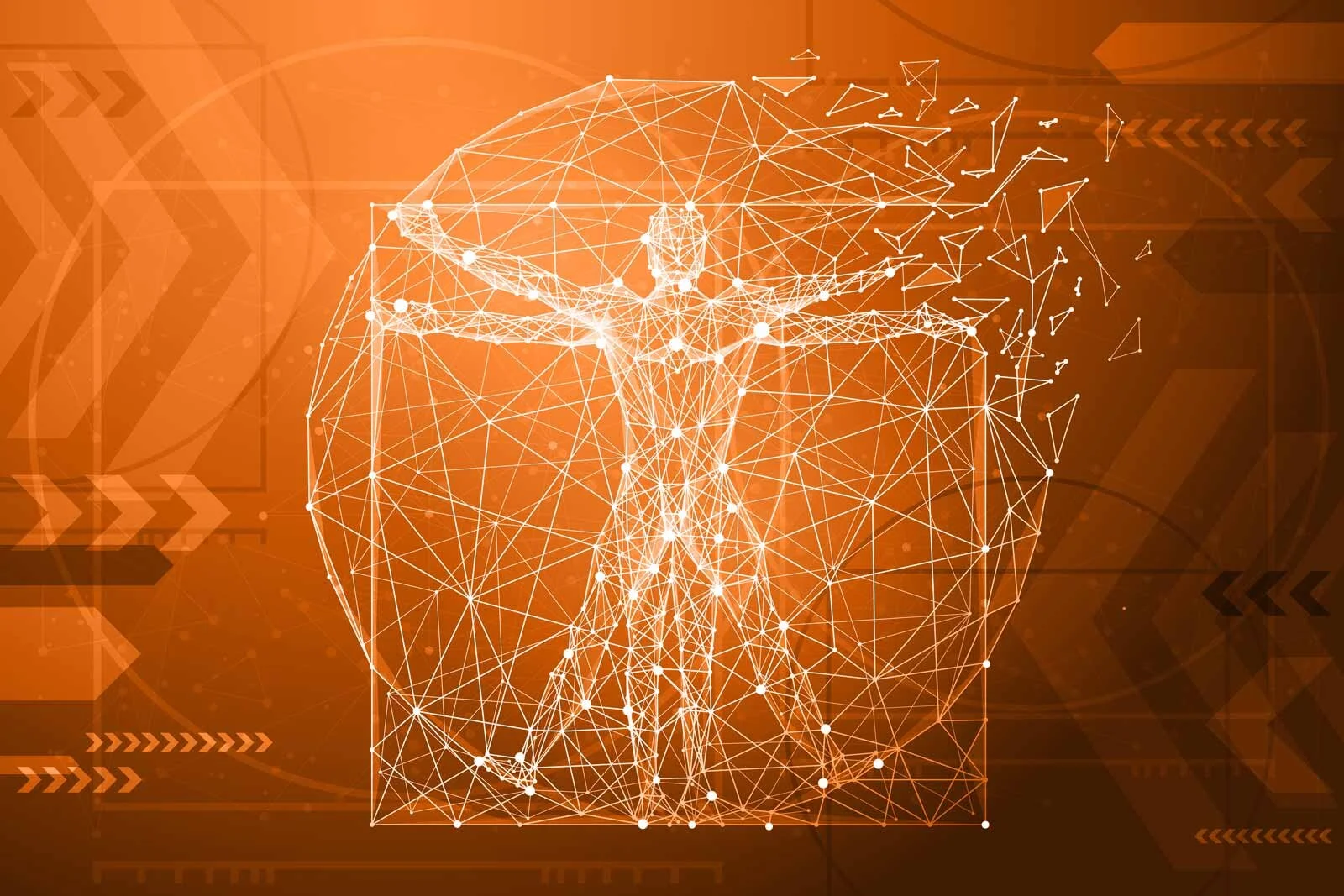When you're creating exceptional products, product design can be the ultimate differentiator, propelling companies ahead and providing a genuine competitive edge. No matter your role on your team, understanding the product design process is vital for doing your best work.
Product design is an iterative process that requires patience, dedication, and resources. Most new product design projects are exercises in innovation, and even novel invention, which means time will be spent on testing new concepts and integrating existing technologies in ways that have not been tried before. As an innovator yourself, attacking new product development with an understanding that there will be some challenges along the way that can provide valuable learning experiences, but also will consume some resources is critical to long-term success. Allowing enough time and resources to navigate the challenges of R&D to allow you to get predictable and repeatable results before entering manufacturing, where costs can increase dramatically, is good development practice.
At Kickr Design we focus on helping our customers understand that their project is a bespoke and incremental effort. We avoid applying a linear, standard process; every product has its own innovative challenges and every customer has unique goals and requirements even outside of the technical aspects which must be considered to generate a truly successful outcome. As a result of our customized planning and effort, our engineers will create a product design plan around an incremental process so your budget or schedule can be spent most efficiently.
Asking the Right Questions
Before going straight to a solution, you need to address each goal in your process with specific questions:
Goals for Product Uitlity: What problem does the product solve? What is the purpose of the product? Why are you developing this product?
Goals for the End-User/Customer Experience: How is the product going to be safe and delightful to use?
Goals for Business: To what ends will the new product support business goals over its market lifecycle?
This method ensures you fully understand the user experience, not just how the design looks and feels.
Navigating the Product Design Process
Every innovative product development project goes through a period of design, then review, then refinement, then review again, and then further refinement until the functional end-user experience (UX) criteria are met or exceeded.
1. Define Product Vision and Strategy
Before getting into design, it's essential to start with a clear vision and strategy for the product. This phase sets the direction, capturing the essence of the product and defining boundaries.
2. Product Research
Conducting thorough research, including user and market research, lays the foundation for impactful design decisions.
Conducting User Research
Understanding users through interviews, surveys, and contextual inquiries provides valuable insights. Empathy maps and personas help create a vivid representation of user needs. Your own experience in identifying the problem can also be incredibly helpful, and combining that with experiences from others can help form or exclude possible solution pathways.
Conducting Market Research
Analyzing competitors is essential to identify industry standards and opportunities, ensuring your product has a competitive advantage. A similar product on the market can sometimes be an advantage, it allows you to read reviews, understand the competitor's limitations, and build a more effective product. Knowing your competition is an important way to differentiate your product or find an untapped market niche.
3. Brainstorming
The brainstorming phase of the product design process is a dynamic and creative exploration where innovative ideas take center stage. It involves assembling a diverse team to generate a plethora of potential solutions to address market challenges or fulfill user needs. This collaborative step often includes sketching sessions, ideation workshops, and open discussions aimed at fostering a free flow of ideas.
The goal is not just to find a solution but to explore various perspectives and possibilities that might lead to groundbreaking innovations. Brainstorming can be a time of boundless creativity, encouraging participants to think outside the box and challenge conventional thinking. The milestone here is working out what the solution your product will be to a problem your market is having, understanding that these unique concepts will later undergo scrutiny and refinement in subsequent phases of the design process.
4. Design and Product Engineering
In the Design and Product Engineering phase, the primary objective is to address the technical aspects of the envisioned product and formulate solutions through a comprehensive and iterative process.
This stage is akin to conducting a scientific experiment, where the conceptual innovation acts as the hypothesis. Initial testing occurs on paper through sketch visualizations, numerical calculations, and computer modeling, allowing for conceptual exploration and repeated iterations. Once the conceptual modeling is refined, the next step involves building and testing the hypothesis in the real world. Engineering, encompassing mathematical and scientific principles, is deemed invaluable throughout the entire product development journey.
At Kickr Design, we prioritize functionality, feasibility, and cost considerations in our designs. Mechanical Engineering ensures that hardware prototypes meet exacting standards, while Electrical Engineering focuses on creating reliable PCBs for the seamless integration of electronic components. Industrial Design complements the process by enhancing the product's aesthetic appeal and user experience on a large scale.
Together, these engineering disciplines play a pivotal role in transforming a conceptual product idea into a tangible, working prototype, providing a seamless transition from the initial ideation phase to the physical realization of the product.
5. Prototyping
In the Prototyping phase, a significant milestone is achieving a functioning prototype for real-world testing, marking an exciting period of physical discovery. It is essential to anticipate both functional and user experience (UX) failures during this phase. At Kickr Design, our approach involves three types of prototypes: Concept Test, Feature Prototype, and Full Prototype.
A Concept Test serves as an early step to assess a potential design or engineering direction. It does not resemble a final product but rather focuses on testing a singular concept derived from the brainstorming or ideation phase. The results are documented in a test report, aiding in the evaluation of the concept's viability for incorporation into the product.
Moving on, Feature Prototypes are interim steps conducted throughout development. This allows engineers to create a test setup for specific features, evaluating how they interact to achieve desired results. By isolating features from the larger system, this experiment identifies disparities between engineering design theory and real-world performance.
For instance, in the automotive industry, engineers may separately focus on aspects like the engine, electronics, and seat functions. After refining each system individually, they are integrated to form a Full Prototype, representing the culmination of all working features in one embodiment of the product. This comprehensive testing approach ensures a thorough examination of individual components before their integration into the final product prototype.
6. Testing and Validation
In the Testing and Validation phase, the key milestone is refining prototypes until they are ready for manufacturing. Internal evaluations within the team play a crucial role in ensuring the design concept aligns with the intended goals. This phase emphasizes the iterative nature of product development, leveraging prototypes for ongoing design updates after testing.
The testing process goes beyond mere functionality validation; it includes a meticulous examination to identify potential weaknesses and points of failure. We don't just test to see if the device works or aligns with goals; we scrutinize it to understand where it might break, allowing us to address these issues in the next iteration.
It's vital to recognize that the first prototype serves as a field-testing tool rather than a finished product ready for store shelves—a rarity in the industry. Physical prototyping is an integral part of the testing and validation process, enabling the identification of shortcomings or successes in end-user experience, utility, and business criteria before the design is finalized for manufacturing.
This iterative journey involves continuous refinement based on results from both conceptual and physical testing. Unforeseen UX problems are likely to surface during real-world physical tests, underscoring the importance of building and testing. Patience is key, especially for complex products, as the iterative process may take longer.
While time constraints can be challenging, it's essential not to let desperation compromise the method for iterating design toward an optimal product experience. Objective consideration of end-user and business market needs is paramount. If timeline or budget constraints become significant, a strategic pause to re-plan the R&D project, focusing on essential achievable features, can contribute to a more successful and meaningful product development process.
7. Manufacturing
In the Manufacturing phase, a comprehensive process unfolds, encompassing optimization for manufacturing (OFM), rigorous quality control, quality assurance, manufacturing samples, additional testing, and further iteration. All these steps are meticulously executed before the mass production of hundreds of units commences.
Our approach at Kickr Design is geared towards delivering manufactured products that are optimized for both quality and cost at any scale. We pride ourselves on managing the entire product development journey, developing products from inception to completion, and delivering packaged, fully manufactured products directly to your doorstep. Our skilled engineers are instrumental in preparing your designs for manufacturing, collaborating closely with our in-house production team to ensure the delivery of the highest quality units. Our service is flexible, and tailored to find manufacturing solutions for your product regardless of the quantity, emphasizing our commitment to providing a seamless transition from design to production.
8. Post-Launch Activities
In the Post-Launch Activities phase, the product design journey extends into a continuous process of improvement. Consistent analysis of metrics becomes instrumental in understanding user interactions, providing valuable insights for ongoing enhancements.
Every product design project faces unexpected challenges that may clash with resource constraints. However, the synergy of a well-thought-out design plan coupled with patience can triumph over such obstacles, allowing the project to persist and advance. At Kickr Design, it's not uncommon for some clients to strategically pause and gather additional resources for the next development phase. Successful instances have seen customers progress from concept to fully realized prototypes, even if the journey took nearly a year or more.
During a pause, it's crucial not to halt progress but to engage in passive product design through continued research. This involves staying informed about market trends, advancements in science and technology specific to your industry, and monitoring competitor activities. Utilize this time to refine your business plan, attract potential investors, and identify manufacturing partners for when R&D is completed.
The essence of this phase underscores that product design goes beyond mere concept creation; it is a comprehensive process involving the management of R&D resources, exercising patience, and making well-planned decisions to build a meaningful business that delivers products catering to and delighting the end-user.
Essential Insights on Product Design
1. The Best Product Design Process Will Adjust to Fit the Project: Tailoring the necessary elements, and considering factors like customer preferences, time constraints, budget, and goals right from the beginning will help ensure you can reach your desired outcome
2. Don't be worried about iteration, embrace it! It is fundamental to achieving the best product possible.
3. Products Can Always Be Improved: Apple didn't stop at the first generation iPhone, they continue to innovate, improve, and update the design with both technology and user features. Your first Gen 1 product might be great, but don't stop there, keep innovating!
4. Product Design is Based on Communication: Clear communication using multiple mediums from video, live demos, CAD, phone calls, and even VR meetings is crucial to ensure alignment between your engineering team and stakeholders.
Need Help with Your Product Design?
At our core, we see product design as a journey of crafting solutions for people. Whether you're just starting or facing challenges along the way, we're here to assist. Reach out to us today. This process requires adaptability, creativity, and a continuous commitment to delivering the right features and user experience for the right people, and we're eager to support you in achieving that.


